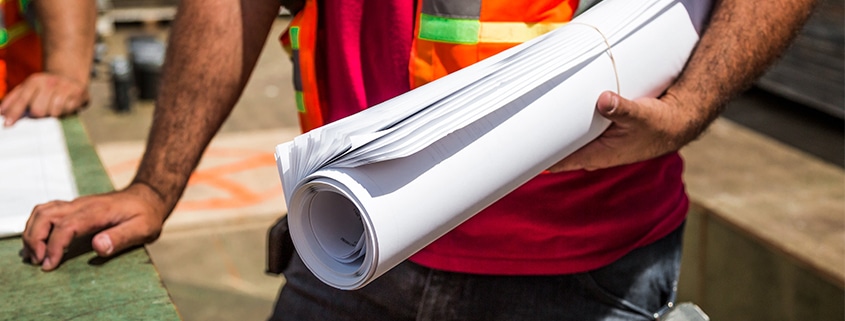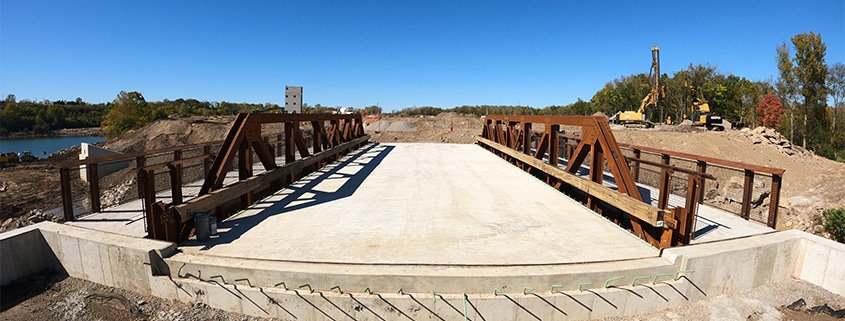Cash flow for a business indicates how much money they are spending and how much money they are making. A positive cash flow means that the business is earning more money than it is spending. A negative cash flow means the opposite and is a scary proposition for any business to encounter.
Cash flow in construction projects is exceedingly important. Construction jobs often rely on a steady flow of materials and labor to complete them. However, construction projects are often prone to large influxes of cash, say at the beginning of a project. And it may be weeks or months until another payment is made by the client.
This type of cash drought can leave construction teams in a tough spot, especially when looking to pay bills, purchasing more materials, or even meeting their payroll.
Why Forecasting Cash Flow is Important
It’s easy to assume that as long as money is coming in, you won’t encounter any cash flow problems. However, successfully managing your cash flow can also allow you to accurately forecast. By predicting when you’ll be paid and how much, as well as taking account of expenses that are on the horizon, it’s easy to anticipate cash droughts and avoid them. It also helps teams stay on budget. By maintaining a current account of what money has been spent and received, construction teams can see the larger picture of where the job is in terms of the overall budget.
How to Manage Cash Flow in Construction
Managing cash flow in construction projects is namely the same as any other business, but there are a few things you should pay close attention to:
- Change orders – Process these when received, not when the project is complete. A change order is often the result of inclement weather or a need for more labor, materials, etc. Processing these orders quickly will positively impact the project’s cash flow.
- Invoices – Don’t wait to invoice clients. Invoice them as soon as possible and as quickly as you can. Many companies expect a 30 day grace period to pay invoices, so in most cases, you’ll still have to wait weeks for the money to appear. You can also provide small incentives for businesses to pay their invoices faster; such as a 2% discount if they pay in 14 days.
- Payment methods – Another way to ensure faster payment is to provide multiple ways for clients to pay invoices. Make sure to include electronic payments and credit cards as part of your plan. Electronic payments mean that you get paid quickly and easily which increases cash flow and day-to-day operations.
- Finance big purchases- Instead of paying all in one go, consider financing big purchases from suppliers. This will allow you more cash on hand to be used for the project. This does mean however that you’re at risk for interest charges but you may be able to write them off as business expenses.
Cash flow in construction companies operates differently than most businesses as not all projects are the same. That means that improving your cash flow in a project may require the use of different strategies.
Build a Strong Foundation with U.S. Bridge
At U.S. Bridge we work with our construction teams to successfully manage all aspects of a project, including cash flow. Please contact us if you would like to learn more about our bridge engineering and manufacturing or are interested in working with us.
Or check out our exclusive BridgeScope tool for a quick quote today!






